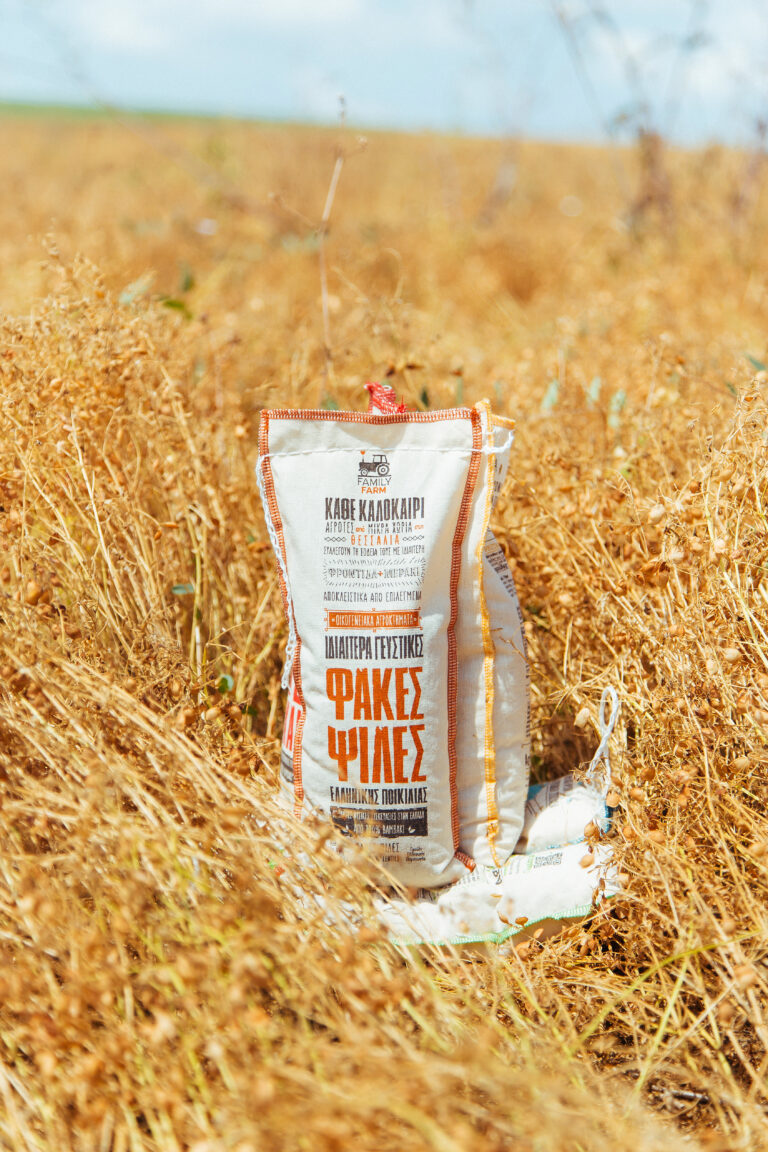
Plant slant diet
Category: Blog
The Mediterranean Diet Pyramid
The Mediterranean Diet Pyramid (image below) is the distillate of a number of years of scientific research on the dietary habits of people living around the Mediterranean basin.
All these different nations have some common dietary habits; these habits give them longer longevity.
On the right side of the pyramid, you can see the frequency that these foods are suggested to be consumed. A point of interest is that fruits and vegetables along with beans and lentils are suggested to be consumed on a daily basis.
Blue Zones and the Power of 9
The story goes like this: about 20 years ago, Dan Buettner (a National Geographic Explorer and Fellow and journalist) travelled to five places around the World where people become centenarians without severe diseases. He named these places “Blue Zones”.
His first expedition was to to Okinawa, Japan in 2000 to investigate the longevity there, he set out to explore other regions of the world with reportedly high longevity. With the support of National Geographic, Buettner, and his team of scientists and demographers travelled the world in search of communities where people not only lived longer but also enjoyed a high quality of life in their old age. After analyzing demographic data and interviewing numerous centenarians, they identified five regions that stood out for their extraordinary longevity and vitality.
The concept of blue zones grew from the demographic work Gianni Pes and Michel Poulain outlined in the Journal of Experimental Gerontology, identifying Sardinia, Italy as the region with the highest concentration of male centenarians.
Ultimately, Dan and the team of demographers and researchers found that all blue zones areas share nine specific lifestyle habits that we call the Power 9®.
https://www.bluezones.com/2016/11/power-9/
One of the nine characteristics that people in Blue zones share is that they all consume a “plant slant” diet, with beans and lentils being central foods in this dietary regime.
Lentils and Beans
Combining the Mediterranean Diet Pyramid with the Power of 9, we can deduce that consuming lentils and beans on a weekly basis gives us all the nutrients we require. In terms of nutritional value, these foods are excellent source of proteins, fiber, zinc and vitamins of B group. They also contain fatty acids that can also lower the risk of heart disease and protect against diabetes.
Most importantly though, lentils and beans have a very low glycaemic index (GI).
According to NHS in UK, the glycaemic index (GI) is a rating system for foods containing carbohydrates. It shows how quickly each food affects our blood sugar (glucose) level when that food is eaten on its own.
Carbohydrate foods that are broken down quickly by our body and cause a rapid increase in blood glucose have a high GI rating. Some high GI foods are:
- sugar and sugary foods
- sugary soft drinks
- white bread
- potatoes
- white rice
Low or medium GI foods are broken down more slowly and cause a gradual rise in blood sugar levels over time. Some examples are:
- some fruit and vegetables
- pulses
- wholegrain foods, such as porridge oats
Some low GI foods, such as wholegrain foods, fruit, vegetables, beans and lentils, are foods we should eat as part of a healthy, balanced diet.
Agrifarm
Our lentils and beans supplier in Greece is Agrifarm SA who in collaboration with local producers select and sell in 100% cotton bags lentils and beans of top quality.
The sensory properties of their produce are excellent and preparing a lentils or a beans soup takes about 60-70 minutes. In other words, we can have a highly nutritious meal with many positive dietary effects in a short period of time.
Agrifarm produces a number of plant slant products that you can discover here
https://agrifarm.gr/?page_id=116&lang=en
Their philosophy is unique as their priority is the connection with small scale producers and sustainability ethos.
